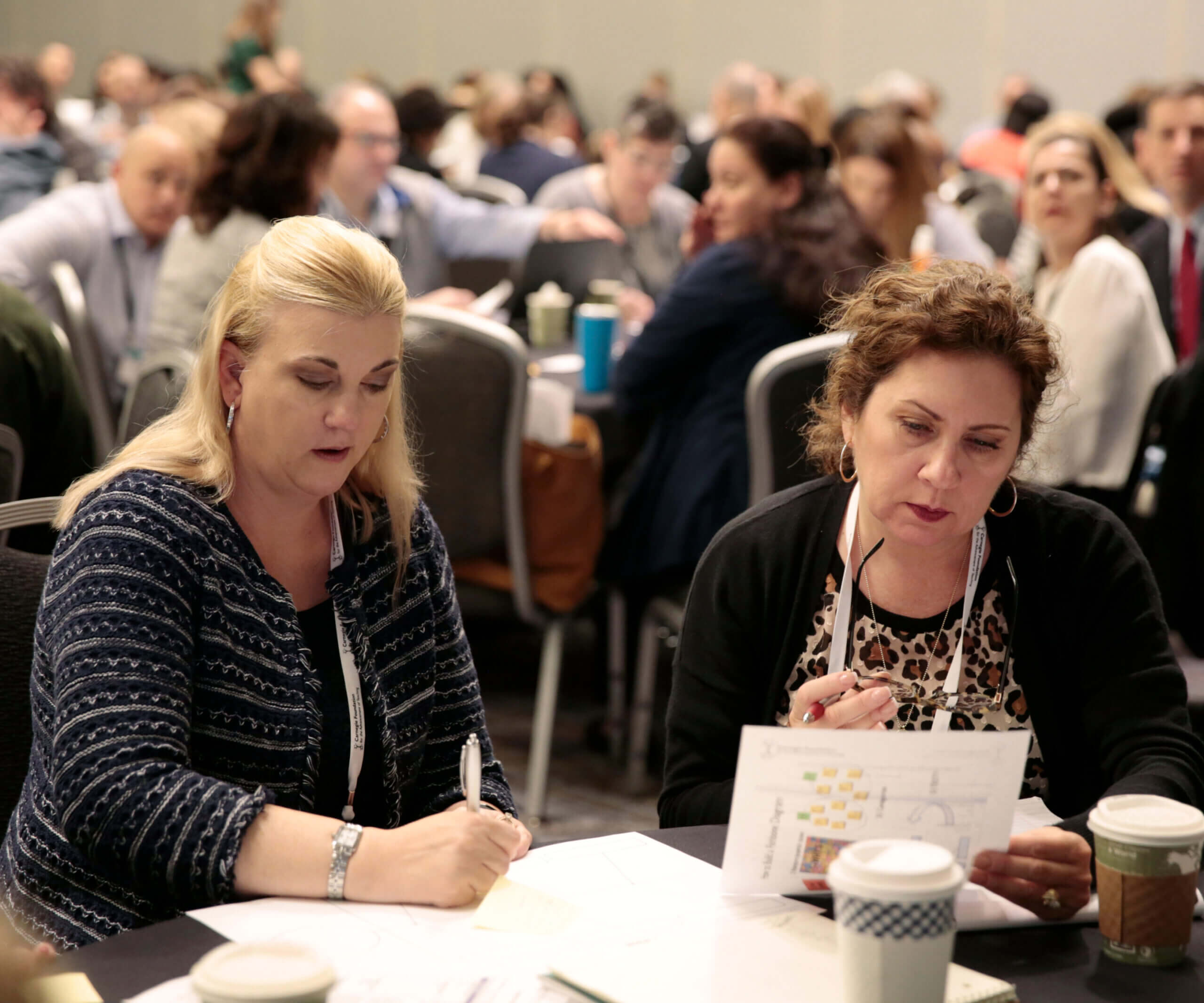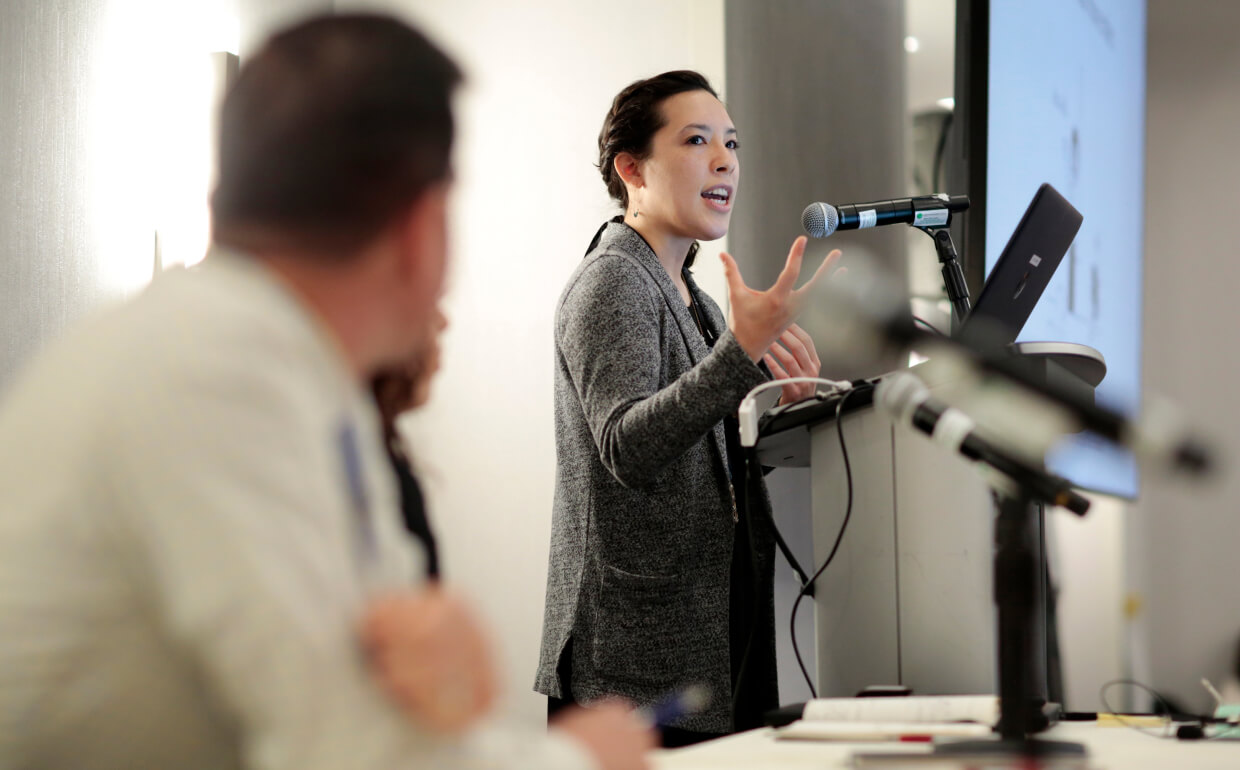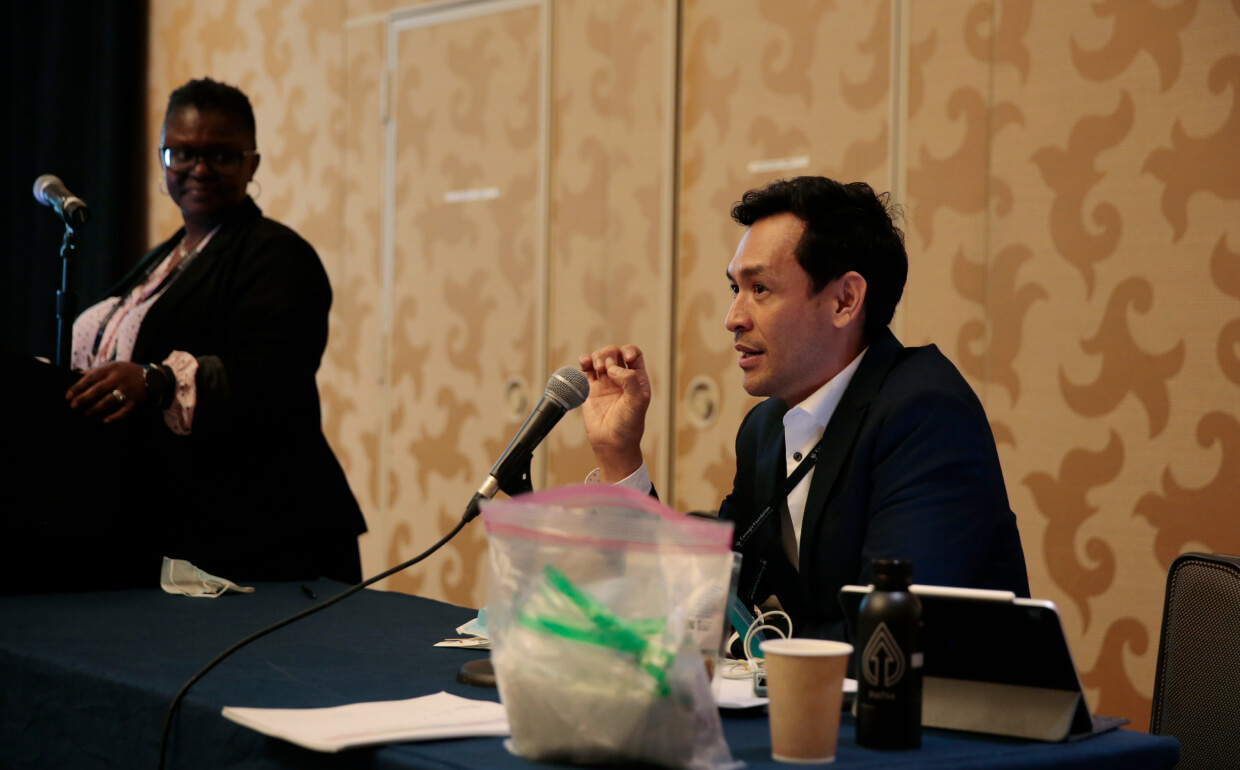Find the Measure
Practical
Measurement
for Improvement
4. Find the Measure

Figure out how to measure what you work to improve
Once you’ve identified what you need to measure, you need to look for that measure—either in your system or in the “wild”.
- See what you already have going on: what data/measures do you collect right now?
- Do any of them fit the bill?
- How can you assess whether something is a good measure for your improvement effort?
- Is it part of your Theory of Improvement?
- Does the measure embody most of the practical measurement characteristics?
Who can help you look for an existing measure?
You don’t need to do this all on your own. Colleagues, near and far, can help:
- Ask the people who would actually collect and use the measure what they already collected or have data on.
- Talk with people who work with data/measurement regularly (folks who do evaluation, assessment, accountability, etc.)
Don’t force it! If you have a measure, but it’s not part of your theory, it’s not the right measure.
What if nothing you have fits the bill? You’ll need to go on a treasure hunt!
How to find a measure “in the wild”
- Look at published research in the area (Google scholar, broad internet searches)
- Talk with someone in your system that specializes in the area (district leaders, teacher leaders, principals)
- Find someone from a university who focuses on the topic (faculty member, TA)
- Reach out to someone who is nationally known to work in the area
What happens if nothing exists in the wild?
If nothing exists, work with someone with experience doing measurement to create something that:
- Easy to do, fits into practice (make it relevant to your work)
- Quick and timely
- Measures what you need it to
- Has signaling capacity/is related to other things you care about
PRACTICAL MEASURE EX -4
Student Engagement Exit Ticket
Practical Measurement Research Briefs
Like continuous improvement, the development and use of practical measurement is a journey. It is rarely linear and often comes with opportunities and challenges. Check out these stories of improvers designing, iterating, and leveraging practical measures to create change in the system. Get ready to be inspired by their experience and lessons learned.
Additional Resources
ARTICLES
Evidence for Improvement: An Integrated Analytic Approach for Supporting Networks in Education
Measurement for Improvement in Education
Branching Out – Use Measurement Trees to Determine Whether your Improvement Efforts are Paying Off
Practical Measurement for Continuous Improvement in the Classroom: A Toolkit for Educators








